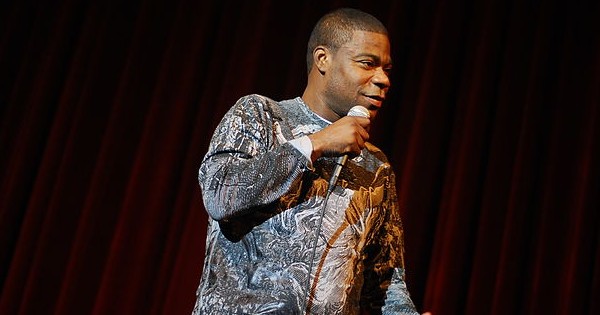
1. It’s All About the Punchline
For a comic, a punchline is the funny part. For writers, it’s a word, phrase, or detail with impact: could be funny, could be dramatic, could be shocking, or it could merely have an emphatic sound. Because of the impact, the temptation is to put it at the front. Comedians teach us to wait.
2. Surprise, Surprise
Defining humor is a mug’s game, but everybody can agree that a good punchline takes you unawares. “Take my wife, she gets on my nerves,” is a tiresome bromide. “Take my wife … please” is a joke. If readers can anticipate the next word, phrase, or thought that appears on the screen or page, the jig is up. Why would they even bother with what they’re reading, unless it tells them something they didn’t already know?
3. Panic
A lot of writers don’t seem to care—or care enough—about losing their readers. No flop-sweat for them! They could take a cue in this regard from comedians’ terminology, which suggests the stakes of the game: to enchant the audience is to “kill,” to bore or annoy them is to “die.” The point is that a bit of panic concentrates the mind wonderfully.
4. Cut to the Bone, and the Chase
William Strunk and E. B. White were no laugh riots, but their book The Elements of Style contains a motto that comedians understand to the core of their being: “Omit needless words.” Years ago, before Jay Leno ascended to the Tonight show, I spent a day hanging around with him for a magazine profile. The thing that impressed me most was his relentlessness in editing his own jokes. It wasn’t merely a matter of cutting out the needless words, but of going over and over the line until the words, and the rhythm, could no longer be improved. Take a bit from one of Conan O’Brien’s recent monologues, please: “An optometrist is saying Google Glass can cause sharp eye pain. Especially when people see you wearing it and punch your face in.” It’s not comedy genius, but it’ll do. First, it has almost classical symmetry. Eleven words for the setup, 12 for the punch. Most of the words are short, and not a single one could be eliminated or changed for the better.
5. The Comedy of Drama
Carol Leifer used to tell her audience, “I don’t have any kids.” She’d pause as her body language shifted to that of a typical male blowhard. Then the kicker: “… at least none that I know of.” This is a tiny one-act play, with a character (that clueless dude), action, a plot, and dialogue. Comedians understand—and writers need to learn—that there should be movement, conflict, and resolution underneath the surface of their words.
6. Find Yourself
There’s actually a second character in Leifer’s bit, the comic herself. More precisely, this is a persona, a version of the true self that she developed through years of practice and experimentation. All good comics have one. A strong writer needs that, too—a disembodied voice that isn’t bland, but isn’t too idiosyncratic, that’s mindful of the reader’s needs and patience but doesn’t pander. It’s a presence who’s enough of an everyperson to lead a reader through a piece of writing but who has enough individual attitude and quirks to hold the whole enterprise together.
7. Call Back
An invaluable trick of the comedian’s trade is the “callback.” Imagine a guest coming out later in Conan O’Brien’s show wearing Google Glass; the host could get big laughs by miming a punch. The writer’s version of a callback is a glancing reference to a detail, metaphor or phrasing from earlier in the piece. The device flatters readers and adds to the continuity of the work, so give it a try. Please.

